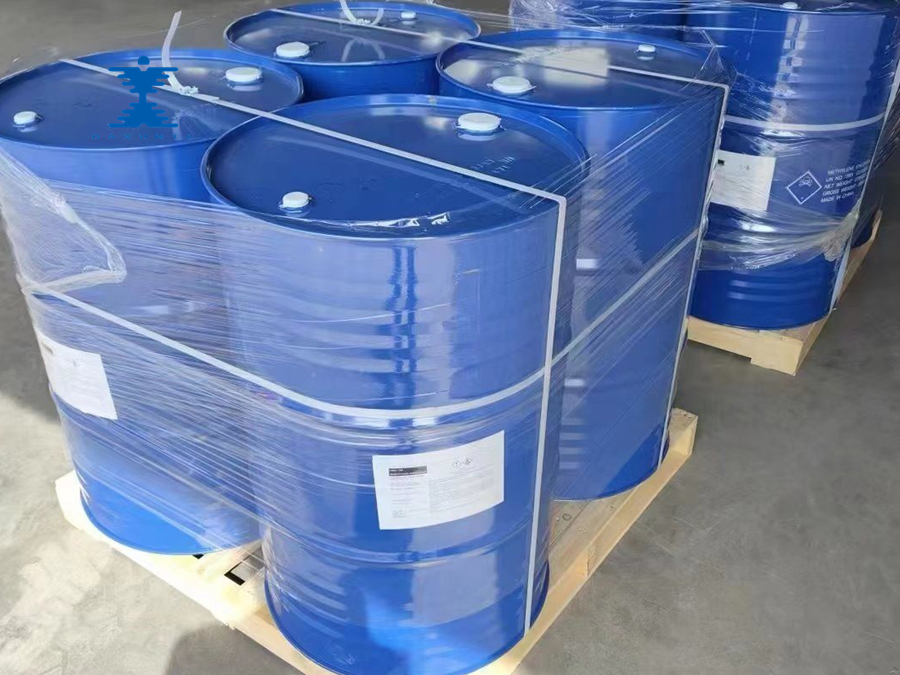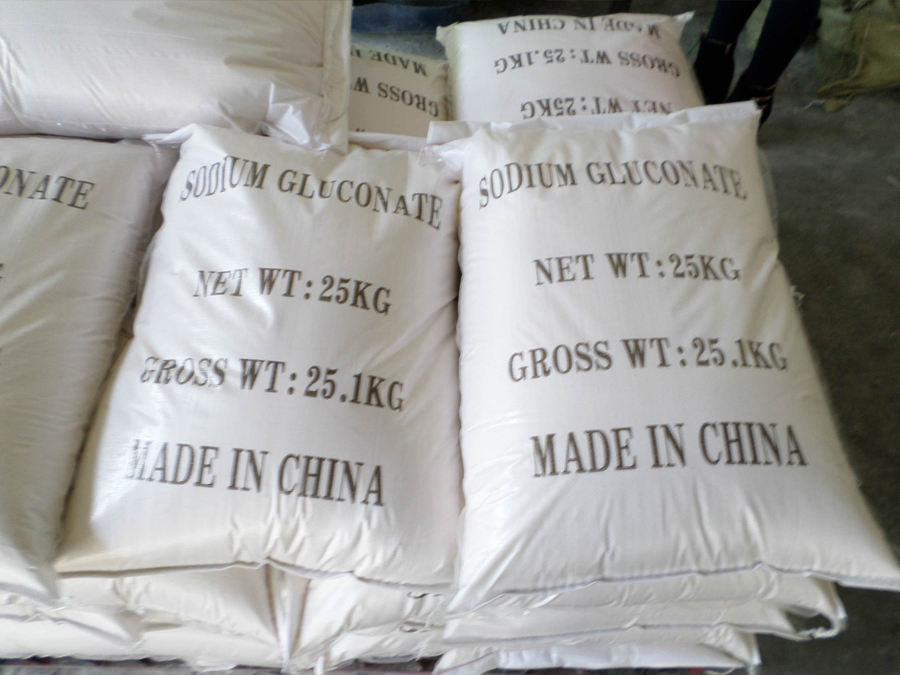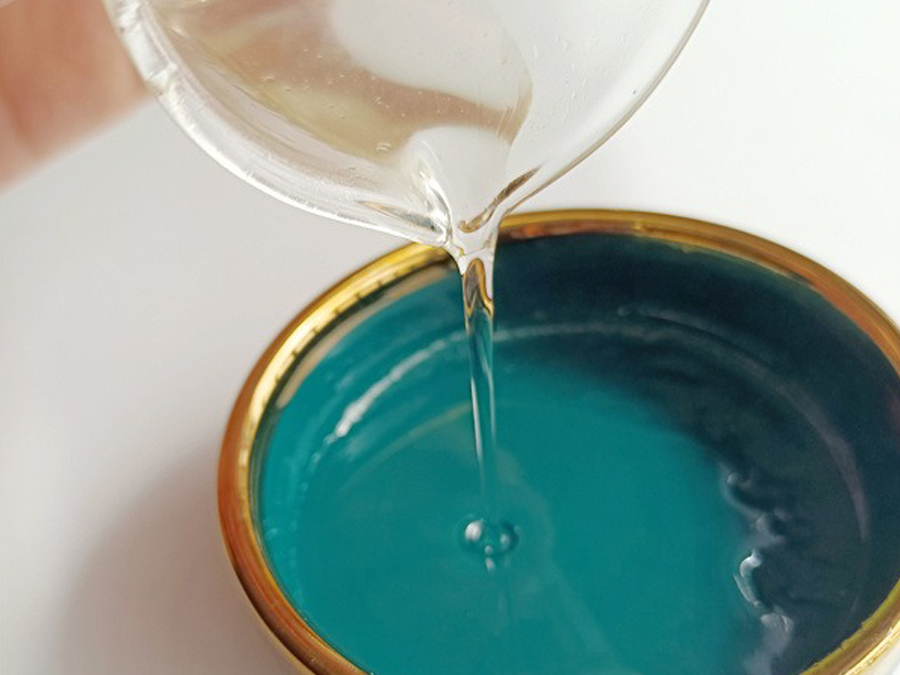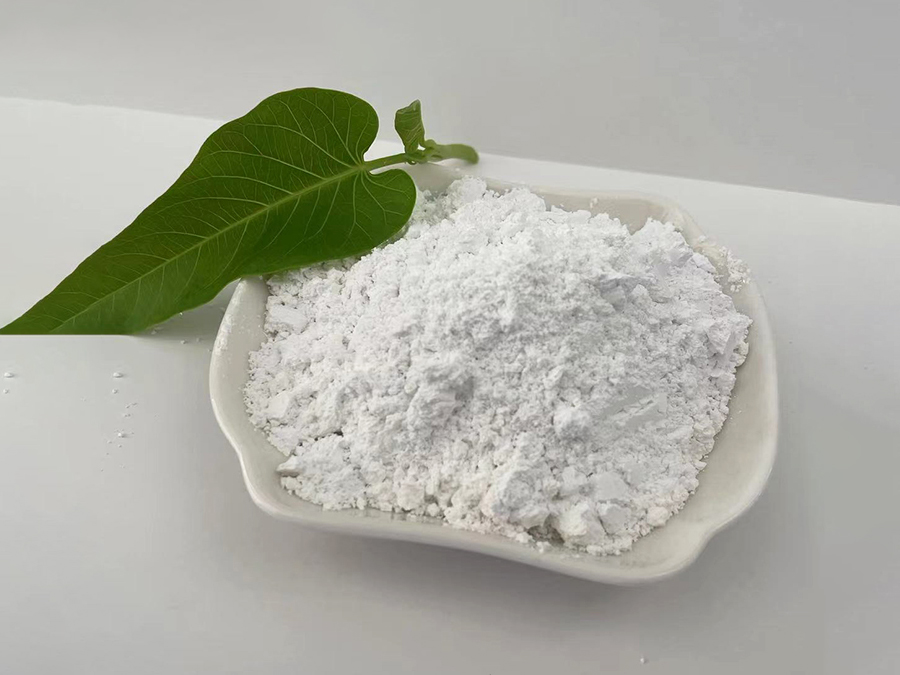
DAXUNTE
PRODUCT RANGE
Butyl acrylate is an active variety of general-purpose acrylate, a soft monomer with strong reactivity, which can be cross-linked, copolymerized and coordinated with a variety of hard monomers to form emulsions, water-soluble copolymers and other polymers, as well as plastics and cross-linking polymers, so as to obtain a wide range of products with different viscosities, hardnesses, durabilities, glass transition temperatures and other characteristics.
Main applications
Application 1: Mainly used for making synthetic resins, synthetic fibers, synthetic rubber, plastics, coatings, adhesives, etc.
Application 2: Acrylic acid and its esters are widely used in industry. In the process of use, often acrylate-like polymers or copolymers are synthesized. Into 200-700 kinds of acrylic resin products (mainly emulsion type, solvent type and water soluble type), widely used in coating, adhesive, acrylic fiber modification, plastic modification, fiber and fabric processing, paper processing agent, leather processing and acrylic rubber and many other aspects.
Application 3: Used as monomer and intermediate in organic synthesis of polymers and resins.
Methods of production
1. Cyanoethanol process with chloroethanol and sodium cyanide as raw materials, reaction to produce cyanoethanol, cyanoethanol in the presence of sulfuric acid hydrolysis to acrylic acid.
2. Acrylonitrile hydrolysis method Because of the abundant source of acrylonitrile, the method of producing acrylic ester with acrylonitrile as raw material has been developed. Now industrialized methods are Societe Ugine method and Standard Oil Co(O-hio) method. Acrylonitrile is heated to 90℃ with sulfuric acid to hydrolyze acrylonitrile to acrylamide sulfate, which is further esterified to form acrylic ester. In recent years, it has been reported that using acrylonitrile as raw material, the yield of ester can reach 95% by one-step production.
3. Using acetic acid (or acetone) as raw material and triethyl phosphate as catalyst, β-propanolactone was cleaved at 625-730℃ to produce ketenone. Then, in the presence of AICI3 or BF3 catalyst, anhydrous methyl acetate is subjected to gas phase reaction at 25℃ to produce β-propanolactone. If the intended product is an acrylic ester, crude propanolactone can react directly with the corresponding alcohol and sulfuric acid without purification.
4. Repe process and improved Repe process to acetylene, carbon monoxide and water or alcohol reaction to synthesize acrylic acid or acrylic ester. (1) chemical measurement method This method is to make acetylene, nickel carbonyl (to provide carbon monoxide) and water or alcohol under relatively mild conditions (40℃, 0.101MPa) reaction, acrylic
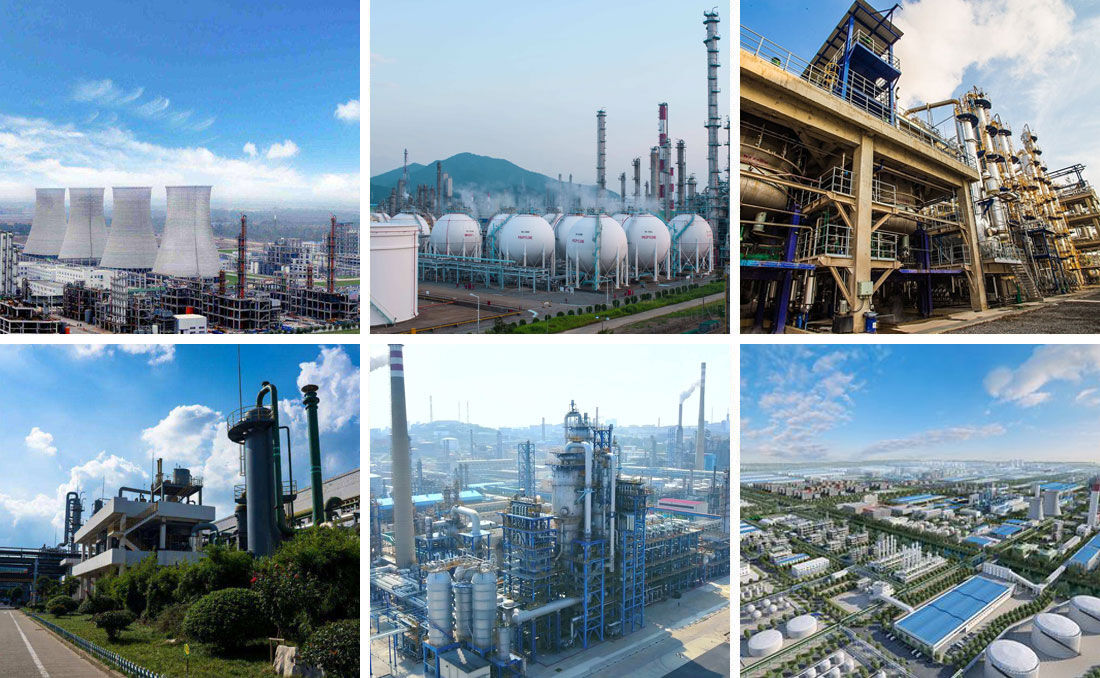

Daxunte (Shandong) Chemical Products Co. , Ltd. . Since its establishment, to pursue quality, integrity service as its own responsibility, and constantly enhance technical strength, improve management level. After years of efforts, the company has developed into a cross-regional diversification of the comprehensive enterprise. Located in Jinan, Shandong province, China's largest chemical production and distribution center, Daxunte (Shandong) Chemical Products Co. , Ltd. It is a professional supplier of high-tech chemical products integrating R&D, production and sales. It has an excellent team with many years of chemical professional background and great innovation ability. The company hopes through technological innovation, management innovation, Mechanism Innovation, warehousing logistics innovation, to create the influence of domestic chemical enterprises.
Chat Online

